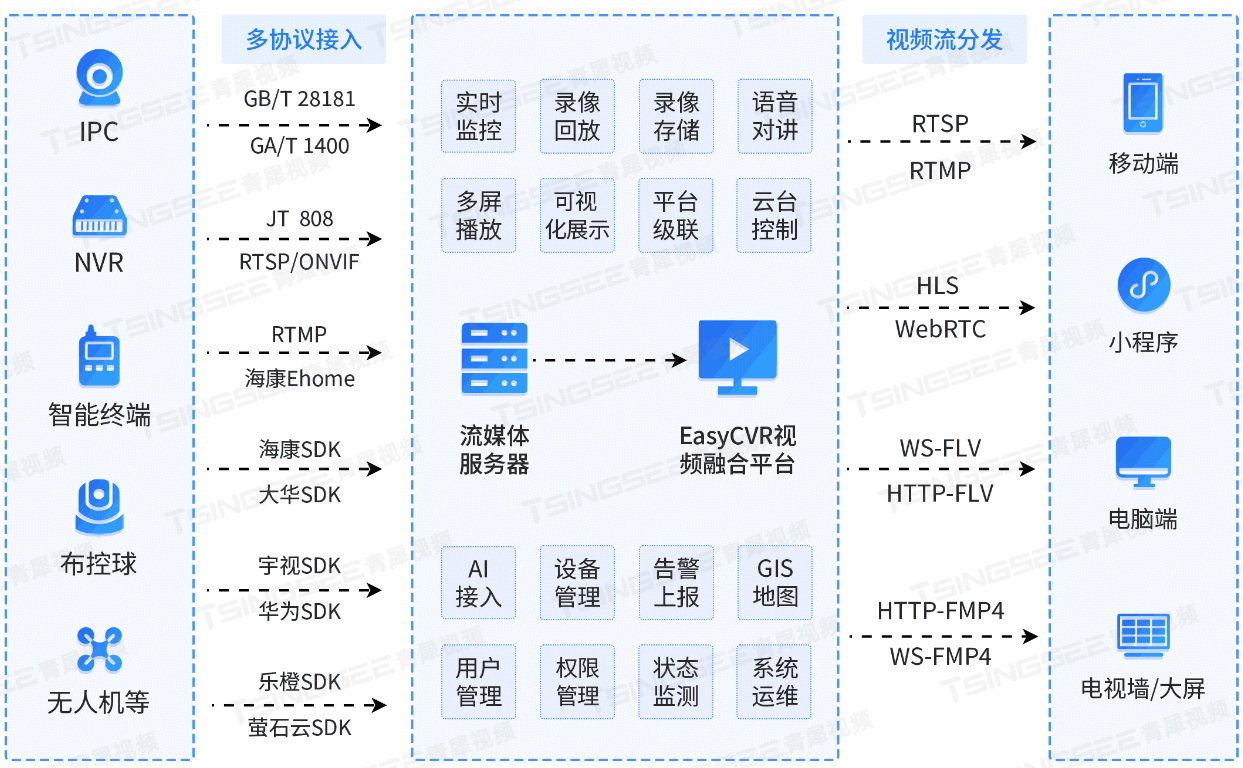文章目录
- 一【题目类别】
- 二【题目难度】
- 三【题目编号】
- 四【题目描述】
- 五【题目注意】
- 六【题目示例】
- 七【题目提示】
- 八【解题思路】
- 九【时间频度】
- 十【代码实现】
- 十一【提交结果】
一【题目类别】
- 优先队列
二【题目难度】
- 困难
三【题目编号】
- LCR 078.合并 K 个升序链表
四【题目描述】
- 给定一个链表数组,每个链表都已经按升序排列。
- 请将所有链表合并到一个升序链表中,返回合并后的链表。
五【题目注意】
- 本题与主站 23 题相同: https://leetcode-cn.com/problems/merge-k-sorted-lists/
六【题目示例】
-
示例 1:
- 输入:lists = [[1,4,5],[1,3,4],[2,6]]
- 输出:[1,1,2,3,4,4,5,6]
- 解释:链表数组如下:
[
1->4->5,
1->3->4,
2->6
]
将它们合并到一个有序链表中得到。
1->1->2->3->4->4->5->6
-
示例 2:
- 输入:lists = []
- 输出:[]
-
示例 3:
- 输入:lists = [[]]
- 输出:[]
七【题目提示】
k == lists.length0 <= k <= 10^40 <= lists[i].length <= 500-10^4 <= lists[i][j] <= 10^4lists[i]按 升序 排列lists[i].length的总和不超过10^4
八【解题思路】
- 使用优先队列(小顶堆)解决该问题
- 小顶堆维护各个链表没有被合并的的节点的最前面的节点
- 这样我们每次都会取出所有链表中值最小的节点
- 然后依次将所有节点存入小顶堆中再将其合并为一个链表
- 最后返回结果即可
九【时间频度】
- 时间复杂度: O ( k n × l o g k ) O(kn × logk) O(kn×logk), k k k为优先队列中的元素个数, n n n为传入的链表个数
- 空间复杂度: O ( k ) O(k) O(k), k k k为优先队列中的元素个数
十【代码实现】
- Java语言版
/**
* Definition for singly-linked list.
* public class ListNode {
* int val;
* ListNode next;
* ListNode() {}
* ListNode(int val) { this.val = val; }
* ListNode(int val, ListNode next) { this.val = val; this.next = next; }
* }
*/
class Solution {
// 定义一个类 Status,用来存储链表节点值和对应的节点指针
class Status implements Comparable<Status> {
int val;
ListNode node;
// 构造函数,初始化节点值和指针
Status(int val, ListNode node) {
this.val = val;
this.node = node;
}
// 实现 Comparable 接口,按照节点值从小到大排序
public int compareTo(Status status) {
return this.val - status.val;
}
}
// 合并多个有序链表
public ListNode mergeKLists(ListNode[] lists) {
// 定义一个优先队列(小顶堆),会根据 Status 类中的节点值进行排序
PriorityQueue<Status> pQueue = new PriorityQueue<Status>();
// 遍历所有链表,把每个链表的第一个节点放入优先队列
for (ListNode node : lists) {
if (node != null) {
pQueue.offer(new Status(node.val, node));
}
}
// 创建一个虚拟头节点和尾节点,方便构建结果链表
ListNode head = new ListNode(0);
ListNode tail = head;
// 循环处理优先队列中的节点,直到队列为空
while (!pQueue.isEmpty()) {
Status min_node = pQueue.poll();
tail.next = min_node.node;
tail = tail.next;
if (min_node.node.next != null) {
pQueue.offer(new Status(min_node.node.next.val, min_node.node.next));
}
}
// 返回合并后的链表(哑节点的下一个节点)
return head.next;
}
}
- Python语言版
# Definition for singly-linked list.
# class ListNode:
# def __init__(self, val=0, next=None):
# self.val = val
# self.next = next
import heapq
class Solution:
# 定义一个类 Status,用来存储链表节点值和对应的节点指针
class Status:
# 构造函数,初始化节点值和指针
def __init__(self, val, node):
self.val = val
self.node = node
# 实现接口,按照节点值从小到大排序
def __lt__(self, other):
return self.val < other.val
# 合并多个有序链表
def mergeKLists(self, lists: List[ListNode]) -> ListNode:
# 定义一个优先队列(小顶堆),会根据 Status 类中的节点值进行排序
pQueue = []
# 遍历所有链表,把每个链表的第一个节点放入优先队列
for node in lists:
if node is not None:
heapq.heappush(pQueue, self.Status(node.val, node))
# 创建一个虚拟头节点和尾节点,方便构建结果链表
head = ListNode(0)
tail = head
# 循环处理优先队列中的节点,直到队列为空
while pQueue:
min_node = heapq.heappop(pQueue)
tail.next = min_node.node
tail = tail.next
if min_node.node.next is not None:
heapq.heappush(pQueue, self.Status(min_node.node.next.val, min_node.node.next))
# 返回合并后的链表(哑节点的下一个节点)
return head.next
- C++语言版
/**
* Definition for singly-linked list.
* struct ListNode {
* int val;
* ListNode *next;
* ListNode() : val(0), next(nullptr) {}
* ListNode(int x) : val(x), next(nullptr) {}
* ListNode(int x, ListNode *next) : val(x), next(next) {}
* };
*/
class Status {
public:
int val;
ListNode* node;
Status(int v, ListNode* n) : val(v), node(n) {}
bool operator<(const Status& other) const {
return val > other.val;
}
};
class Solution {
public:
ListNode* mergeKLists(vector<ListNode*>& lists) {
std::priority_queue<Status> pQueue;
for (ListNode* node : lists) {
if (node != nullptr) {
pQueue.push(Status(node->val, node));
}
}
ListNode* head = new ListNode(0);
ListNode* tail = head;
while (!pQueue.empty()) {
Status min_node = pQueue.top();
pQueue.pop();
tail->next = min_node.node;
tail = tail->next;
if (min_node.node->next != nullptr) {
pQueue.push(Status(min_node.node->next->val, min_node.node->next));
}
}
ListNode* result = head->next;
delete head;
return result;
}
};
十一【提交结果】
-
Java语言版

-
Python语言版

-
C++语言版







![[每周一更]-(第114期):介绍GitLab不同角色对应的权限](https://i-blog.csdnimg.cn/direct/08c7deaea55f448ca4d69b8d9bfabbba.jpeg#pic_center)












